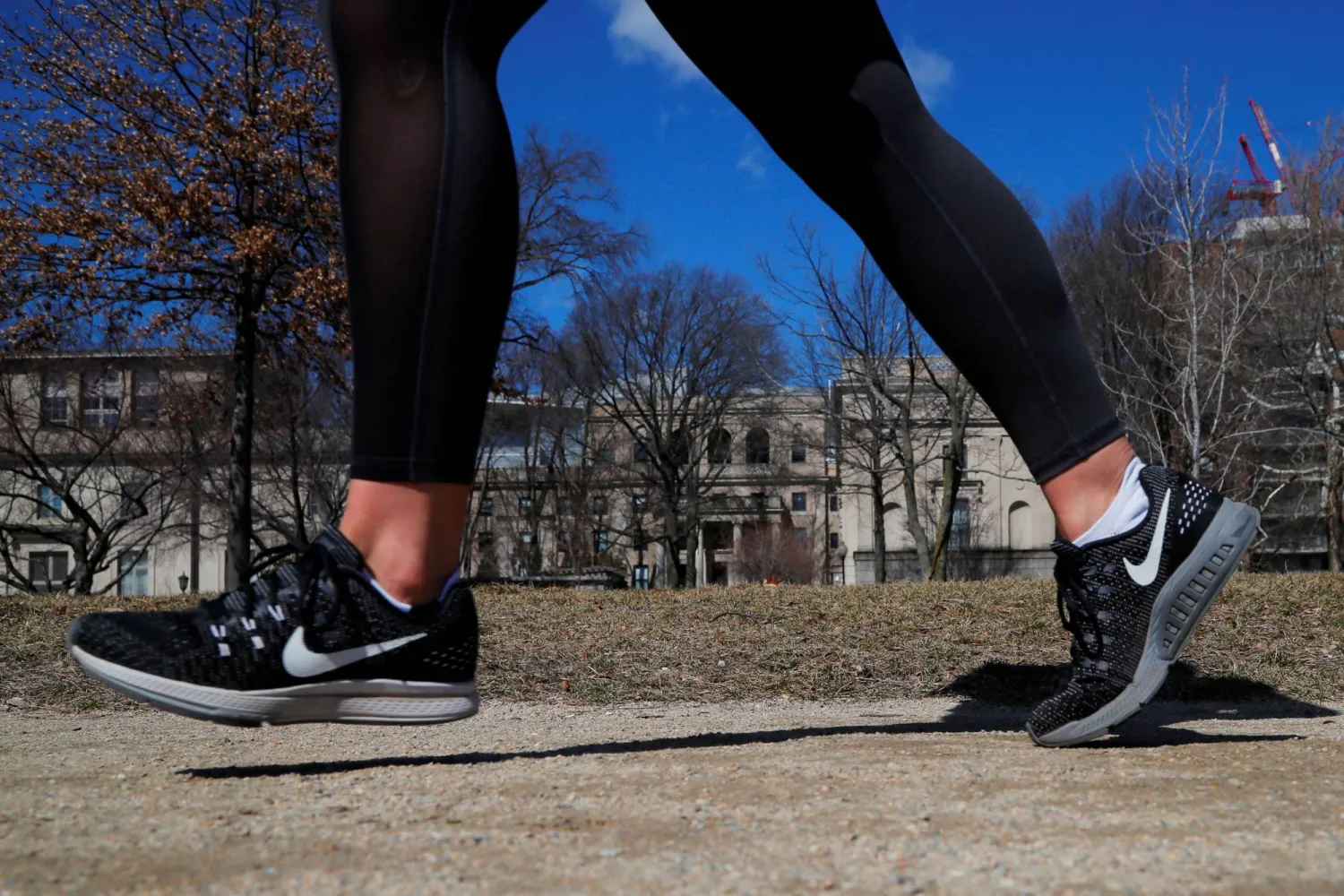Villagers in Vaideeni at the foot of Romania's Carpathian mountains are fuming at French luxury brand Louis Vuitton for "stealing" the design of their traditional blouse.
Maria Gioanca, 69, one of two dozen women who still hand sew the black-and-white garment in the village, told AFP she "won't let the costume be stolen" for fancy beach wear.
Calls for luxury brands to acknowledge the inspirations of their designs have grown in recent years, as the fashion industry has been faced with accusations of cultural appropriation and exploiting the heritage of minority groups.
In Romania, activist group La Blouse Roumaine (The Romanian Blouse) has been asking brands since 2017 to come clean and "credit" the places of origin when their clothes are similar or inspired by Romanian folk costumes.
Dedicated to promoting the traditional "ie" blouse -- known to have inspired fashion designers like Yves Saint-Laurent, Jean Paul Gaultier and Kenzo -- their complaints have yielded mixed results.
'Violating cultural rights'
In Vaideeni, many of the seamstresses had not heard of Louis Vuitton, but noticed the similarity to their traditional "ie" blouses right away when they saw a photo of the French brand's white linen blouse embroidered with black motifs for their new "LV by the Pool" collection.
"Why mock our stuff?" said Ioana Staniloiu, 76, scoffing at the blouse created by star designer Nicolas Ghesquiere and advertised on the Louis Vuitton website as "airy" and having "a fresh, bohemian look".
"Next to our blouse, it's ugly," she said.
Accusing the French company of "violating the cultural rights of the communities", La Blouse Roumaine founder Andreea Tanasescu said people felt offended that a blouse traditionally worn on special occasions is used as beach wear.
"You have to be very careful... It's better you go and talk to the community, spend time there," the former casting director, 49, told AFP, adding fashion could help "protect and promote cultural heritage" if there was an exchange.
Romania's culture minister asked the company last month to acknowledge the heritage.
Louis Vuitton declined to comment when contacted by AFP, but confirmed media reports that it apologized to Romania and stopped selling the blouse.
It no longer appears on the brand's website, and 20 as yet unsold blouses have been put aside, according to reports.
'Scared' for future
In the past, La Blouse Roumaine convinced US designer Tory Burch to change the description of a coat crediting its Romanian inspiration. They didn't get any reply from Dior in a similar case.
"There is a beauty that we cannot ignore," said Zaharia, who opened the first textiles museum in Romania in 2018 after almost 30 years working at the Metropolitan Museum of Art in New York.
But critics say these controversies don't end up helping communities to save their dying crafts.
It's like "airing dirty laundry in public", Romanian Peasant Museum curator Horatiu Ilea said, adding "the only thing" that could help is for young people to learn the crafts.
While the making of the Romanian blouse has been added to UNESCO's list of intangible cultural heritage in 2022, there is no patent on it, and there are different styles even among the same group of seamstresses.
In Vaideeni, some women have recently taken up the craft they learned from their elders, but it is far from easy.
It takes at least a month to sew a blouse selling for around 300 to 400 euros ($320-$430), and they don't exactly sell like hot cakes.
"I'm a bit scared (about the future), but we won't give up here," said Staniloiu, whose daughter and four granddaughters have all left the village to look for work elsewhere.
Romania Faces Down Vuitton for 'Stealing' its Beloved Blouse

Examples of traditional Romanian blouses at a show in Vaideeni. Daniel MIHAILESCU / AFP

Romania Faces Down Vuitton for 'Stealing' its Beloved Blouse

Examples of traditional Romanian blouses at a show in Vaideeni. Daniel MIHAILESCU / AFP
لم تشترك بعد
انشئ حساباً خاصاً بك لتحصل على أخبار مخصصة لك ولتتمتع بخاصية حفظ المقالات وتتلقى نشراتنا البريدية المتنوعة







